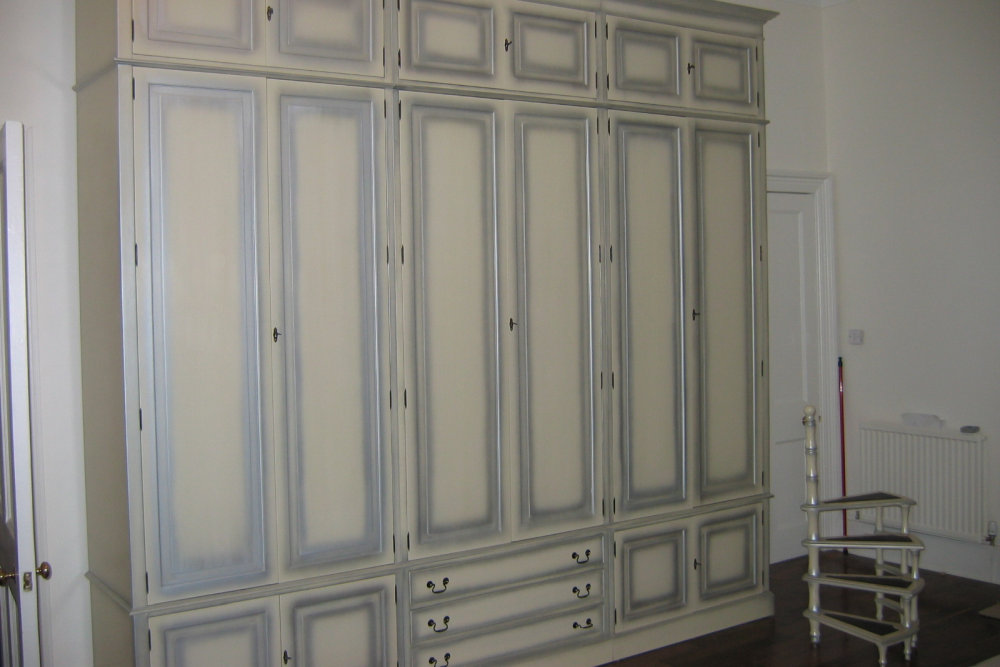Wardrobes and Closets

Wardrobes are fundamental elements of interior design, playing a key role in both homes and offices. They are used for storing clothing, documents, equipment, and other items, helping to maintain order and organization in a space. The variety of wardrobes in terms of style, construction, and functionality allows for perfect adaptation to different needs and interior arrangements, creating harmonious and functional spaces.
In homes, wardrobes serve various purposes depending on the room they are located in. Bedroom wardrobes are essential for storing clothes, shoes, and accessories. These can range from classic freestanding wardrobes, which are easily movable, to built-in wardrobes that optimally utilize available space, often extending up to the ceiling. The interior of a wardrobe can be customized with various storage systems such as shelves, hanging rods, drawers, and even baskets or organizers for small items. The choice of doors—whether sliding, folding, or traditional hinged—affects both the functionality and appearance of the wardrobe.
Hallway wardrobes serve a practical function, used to store outerwear, shoes, and accessories such as umbrellas or bags. Including mirrors in these wardrobes can help to visually enlarge the space and make it easier for quick touch-ups before leaving the house. Hallway wardrobes may also feature seating or hooks, adding to their functionality and convenience.
In living rooms, wardrobes often serve both decorative and practical roles, used for storing books, tableware, electronic equipment, and other items. These could be elegant display cabinets with glass doors that showcase stored items, or more discreet models that blend seamlessly with the room’s décor. Living room wardrobes can also double as TV stands, providing space for televisions and audio-visual equipment.
In offices, wardrobes are essential for storing documents, office supplies, and equipment. Office wardrobes must be primarily functional and durable to withstand heavy use. Popular options include models with metal doors that provide security for stored documents, as well as wardrobes with lockable systems for added protection of confidential materials. In open-plan offices, modular wardrobes are often used, allowing for easy adaptation to the changing needs of the team, along with archival wardrobes that facilitate the organized and accessible storage of large quantities of documents.
From an aesthetic perspective, wardrobes can be a key decorative element in a room. In homes, wardrobes are often selected to emphasize the individual character of the interior, ranging from classic and Scandinavian to modern styles. The materials used—such as wood, metal, glass, or laminated panels—affect both their appearance and durability. In offices, on the other hand, the focus is on elegant but understated solutions that convey a sense of order and professionalism.
In summary, wardrobes are essential pieces of furniture that play a crucial role in both homes and offices. Their variety in terms of style, materials, and functionality allows for perfect adaptation to the specific needs and preferences of users. Choosing the right wardrobes can significantly impact user comfort, interior aesthetics, and room functionality, creating a space that is both beautiful and practical.